IN an alarming situation, UK may run of the painkiller paracetamol by this weekend after India restricted exports of the drug.
The UK government is advising Brits to use paracetamol to combat the symptoms of COVID-19.
Supermarkets and chemists across the UK may run out of the popular pain killer with curbs from India, whereas production in China dries up.
Indian authorities fear a shortage of paracetamol in the country and have restricted its export to the rest of the world, along with several other drugs.
The UK depends on China for almost 70 per cent of the ingredients in its drugs. The outbreak of the virus has led to severe supply issues.
This has also affected the NHS and UK pharmacies, with India being one of the main suppliers of its generic drugs.
Several UK companies produce paracetamol to supply to businesses but rely on imported materials in from Asia.
Aspar Pharmaceuticals, a manufacturer of pain relief medicines for chemists and supermarkets, including Tesco, is reported to have written to clients asking for around a 20 per cent increase in aspirin and paracetamol costs, reports said.
North East London Local Pharmaceutical Committee secretary Hemant Patel revealed that pharmacies were struggling to source smaller packs of paracetamol.
The government has yet to reveal how it would deal with a potential supply issue for painkillers like paracetamol.
Britain, like the EU and the US, imports many ingredients for its medicines from China and India.
The two countries are supply 80 per cent of Europe's medical material. The raw materials of paracetamol is also mainly manufactured in China.
India has decided to limit exports of paracetamol to protect citizens, as it relies on China for about 70 per cent of all materials.


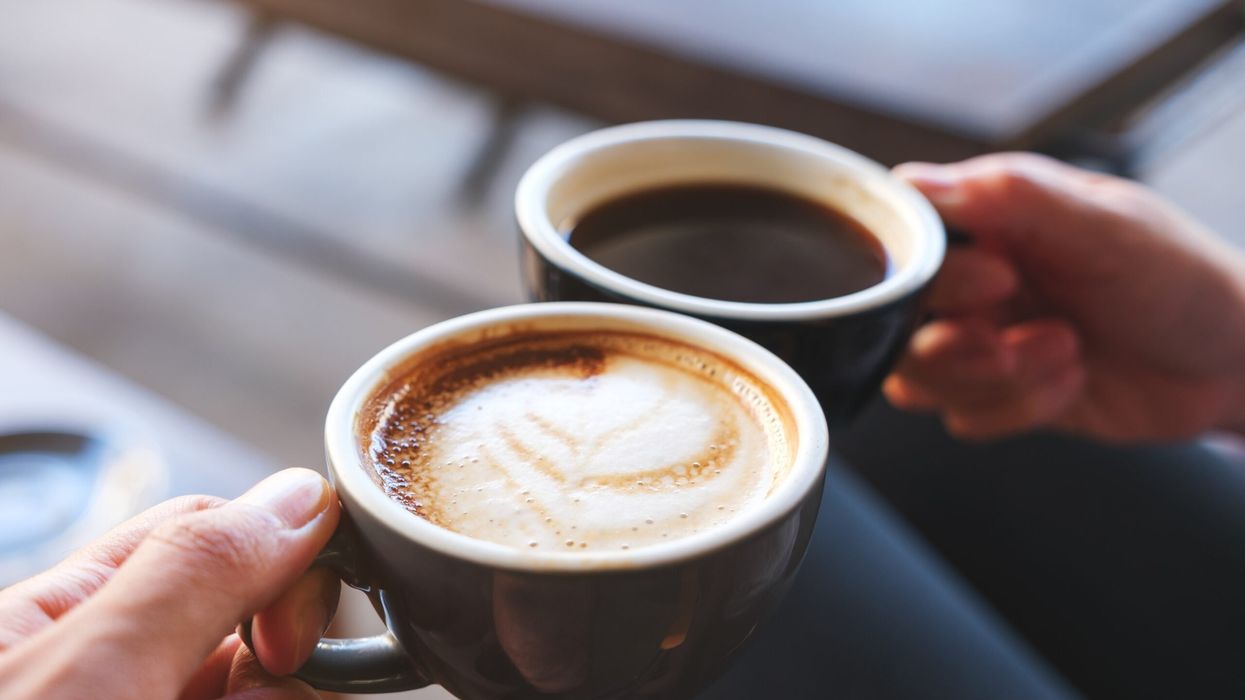
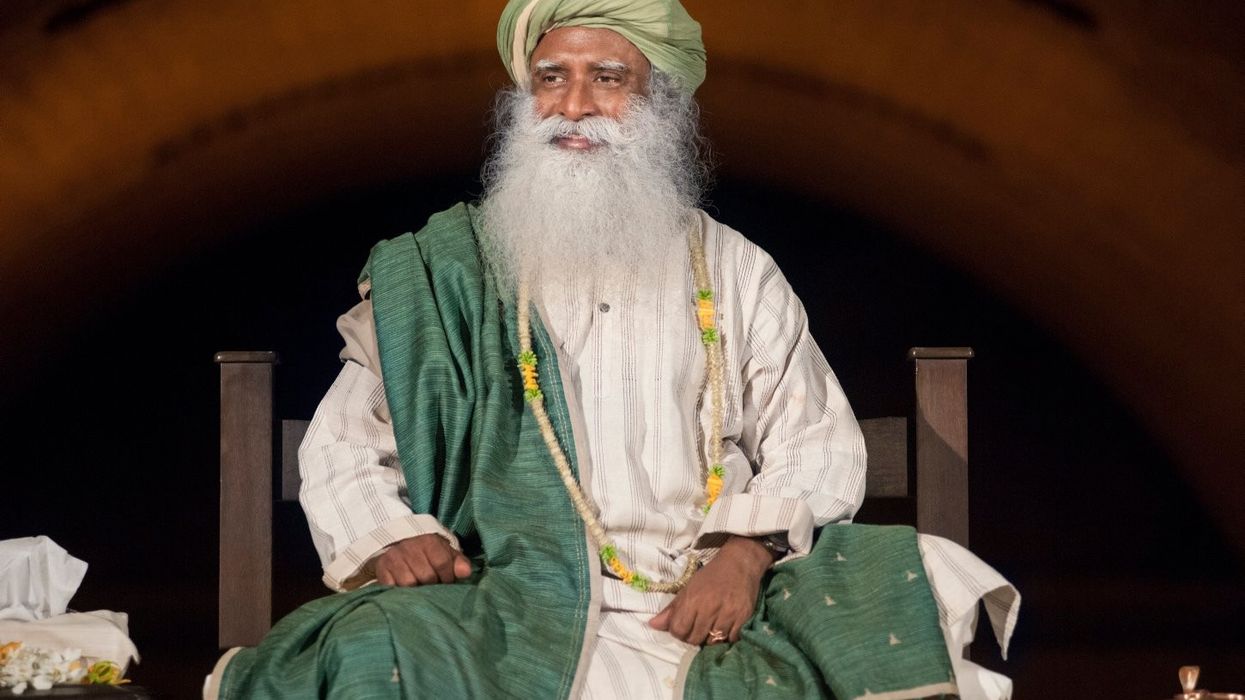

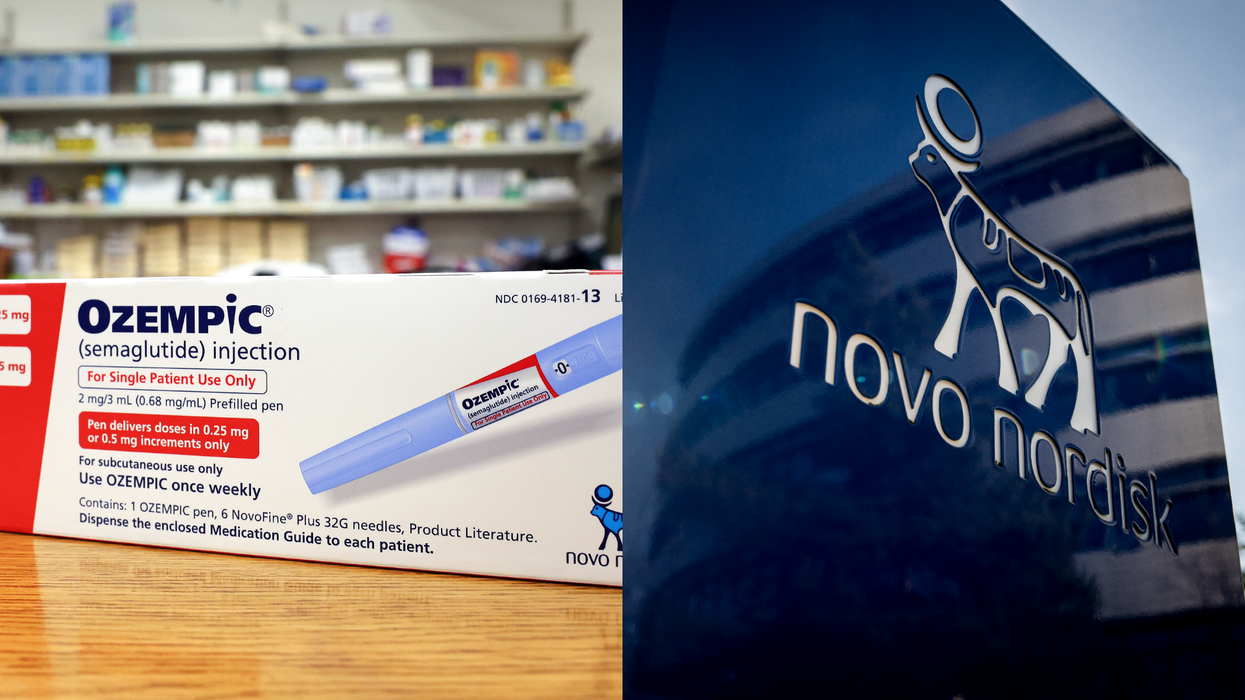
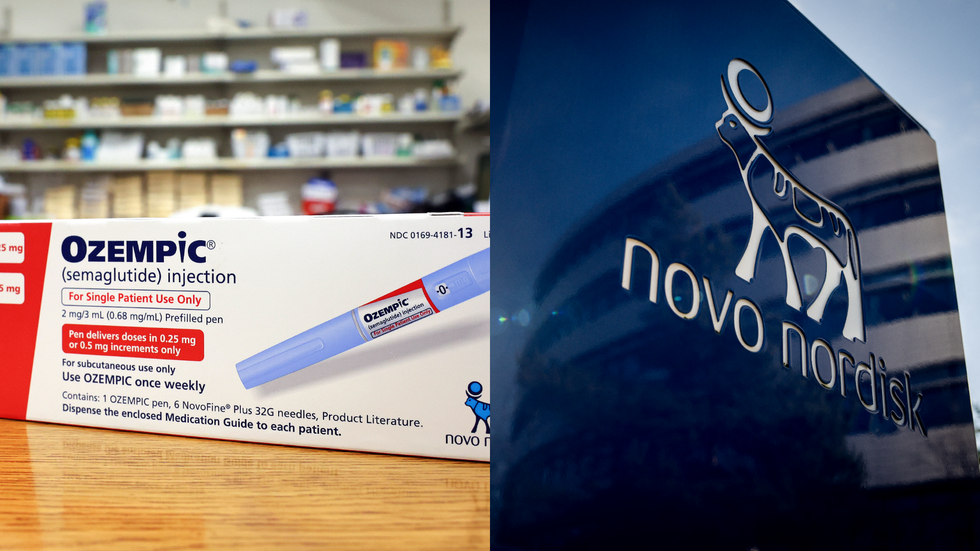 Novo Nordisk launches Ozempic in India as diabetes cases climb Getty Images
Novo Nordisk launches Ozempic in India as diabetes cases climb Getty Images  Ozempic weekly pens now available in India for type 2 diabetesiStock
Ozempic weekly pens now available in India for type 2 diabetesiStock 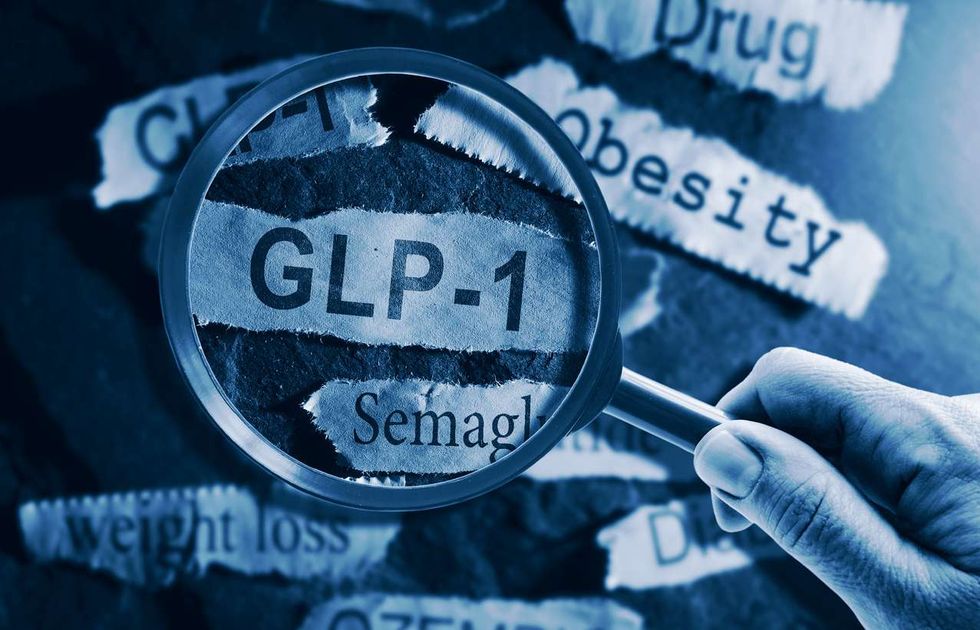 India gets Ozempic as obesity and diabetes numbers riseiStock
India gets Ozempic as obesity and diabetes numbers riseiStock  Doctors say Ozempic helps blood sugar and weight management in adultsiStock
Doctors say Ozempic helps blood sugar and weight management in adultsiStock





